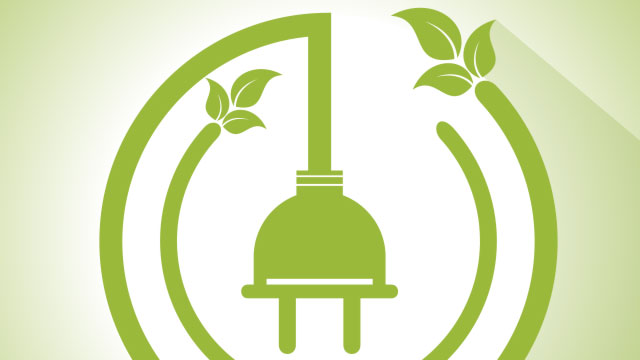
Cost-effectiveness comes down to cost of ownership, which involves balancing space, time, and energy consumption. “Laboratory space is at a premium. It costs money,” says Bob Given, director of product management, temperature control at Thermo Fisher Scientific (Newington, NH). Given recommends recirculating chillers or bath circulators with small footprints for a given power rating, which many of today’s best-in-class devices provide.
“Time is at a premium, and it also costs money,” Given adds. Premium bath circulators feature a degree of programmability, so users leave their location to adjust or turn the device on or off. Related is remote control from a tablet, phone, or computer. Lab managers should consider units controlled via Bluetooth rather than through a conventional wireless or Ethernet network. “Because Bluetooth operates at short range, you don’t need your IT department involved at all.”
Remote apps should provide full functionality (including temperature programming), monitoring, alerting when temperatures fall out of spec, and multi-cooler capability. “The idea is to catch issues before they become problems,” Given says.
Cost of ownership extends to maintaining industryappropriate records, because audits and violations, as Given might say, cost money. Highly regulated industries or businesses should record and maintain records in a form that cannot be doctored.
Speed versus cost
Another aspect of time savings involves the trade-off between speed on one hand and energy consumption and acquisition cost on the other. Speed means the time it takes to reach a particular temperature, which becomes a factor when chillers are shared. Given advises managers to consider a more powerful chiller or bath circulator with shorter time to temperature, despite the higher price tag and energy consumption. “Again, cost of ownership involves trade-offs. Nothing comes for free,” he says.
One trick for shortening time to temperature for a bath circulator involves displacing some of the fluid with a displacement block. Less fluid in the bath requires less energy to heat and cool and therefore shortens the time to temperature.
Energy-saving modes can offset energy required for rapid temperature ramping as well. Traditional recirculating chillers and bath circulators operate at full cooling all the time. Temperatures are maintained by heating the fluid against the cooling gradient. Problem: the heater consumes more energy than does the cooling mechanism. In energy-saving mode, cooling ramps down after reaching the set temperature, so less cooling—and more important, less heating—is required to maintain temperature, resulting in less energy used during steady-state temperature soaks.
Factors to consider
When selecting a chiller, one must strike a balance between meeting the minimum performance specifications and allowing for increased cooling demand. “An undersized chiller will run constantly at maximum capacity without necessarily meeting a lab’s cooling needs,” explains Kelly Gibbons, marketing specialist at PolyScience (Niles, IL). Conversely, a significantly oversized chiller will consume more energy than will a properly sized chiller by cycling component power on and off much more frequently. “This short runtime of components can also greatly shorten the product’s lifespan.”
Chiller location can also affect the efficiencies of both the chiller and the cooling process. Air-cooled chillers require unhindered airflow through the condenser and proper ventilation for warm air exhaust. Inadequate space around the chiller or poor room ventilation combined with a dirty condenser can lead to less than optimal performance and, in a worst case, can damage the chiller and the process due to inadequate cooling.
“Inside your chiller, powerful pumps, compressors, valves, and fans are all functioning together to keep your process at the proper temperature,” Gibbons says. “All those moving parts can make considerable noise, which can adversely affect nearby workers. To counteract this effect, she suggests acquiring a chiller with environmentally friendly features that reduce noise through efficient operation. According to PolyScience, its patented WhisperCool® Environmental Management System, for example, employs adaptive technology to reduce operating noise to levels below those of conversational speech while improving performance, reducing energy consumption, and prolonging equipment life.
For additional resources on baths and chillers, including useful articles and a list of manufacturers, visit www.labmanager.com/baths-chillers









